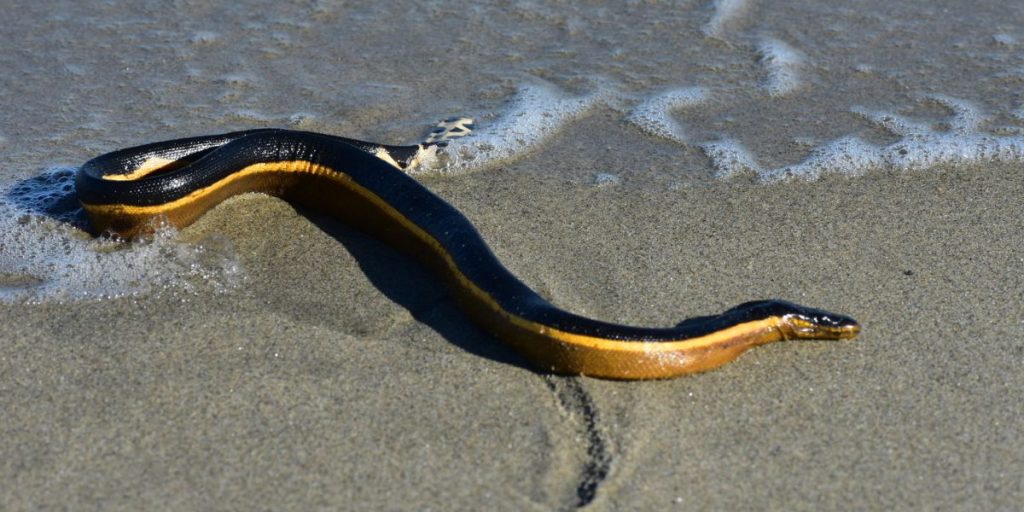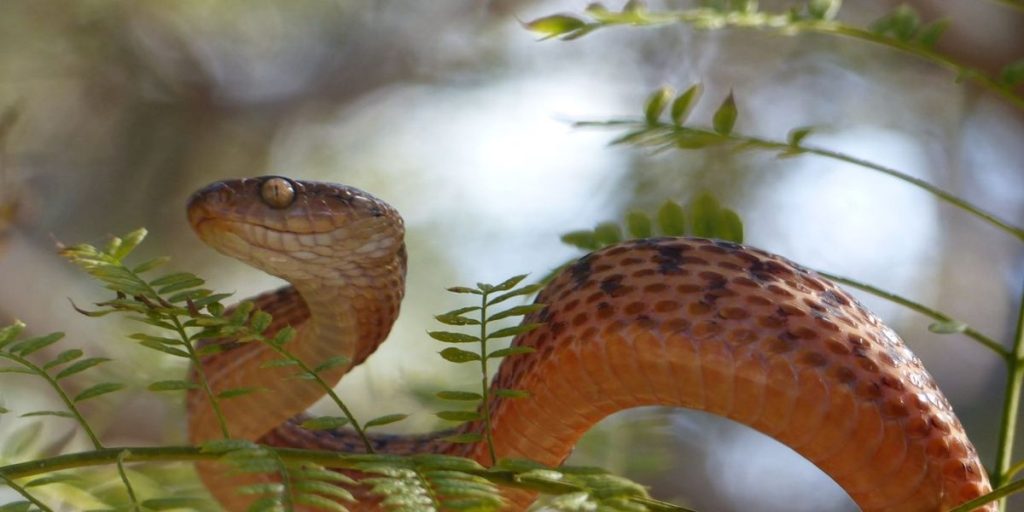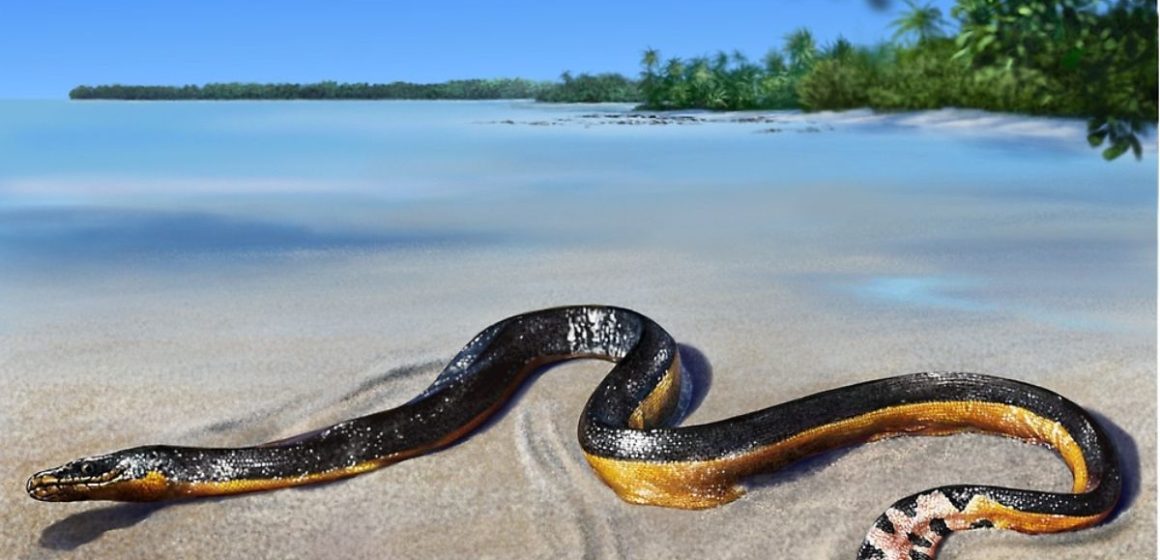HAWAII (DDN) – Millions of people visit Hawaii each year to enjoy its sunny beaches, tropical beauty, laid-back hospitality, and various attractions. Visitors love the archipelago’s 8 major islands, but reptiles don’t. Hawaii has no natural snakes, and the government prohibits their importation despite its tropical climate. Because island ecosystems are fragile, new species can have a domino impact on other plants and animals. Hawaii bans snake trafficking and ownership save for research.
Don’t relax quite yet. Hawaii isn’t snake-free just because there are no native species. There are two venomous species: a sea snake and an invasive species from Guam that periodically visits the islands. It’s doubtful you’ll meet any of these reptiles on your Hawaii vacation, but knowing their behavior and surroundings can help you relax.
Yellow-Bellied Sea Snake
It may be unknown, but the Yellow-Bellied Sea Snake is the most common snake species. This slim snake, Pelamis platurus, is 0.6 to 1.2 m long and has a venomous bite. It’s usually found in open water, so you won’t see one on a Hawaiian beach. Although blown near to shore, these snakes prefer to ride the currents and eat fish in the tropical and subtropical Indian and Pacific Oceans.
The Yellow-Bellied Sea Snake thrives in water due to its peculiar architecture. It can breathe when swimming or resting because its nostrils are high on its head. The snake’s tapering body and flattened tail enable it remain afloat and shift direction in the currents. The sea snake can dive 50 feet and stay underwater for 90 minutes. The snake releases nitrogen through its skin when it ascends to the surface, protecting it from the bends unlike human divers.

Yellow-bellied sea Sea snakes reproduce, birth, and eat at sea. They stealthily chase mullet, jacks, damselfish, mahi mahi, and anchovies, their staple diet. Snakes instantly paralyze their prey with poison so they can’t swim away. Their small, non-retractable fangs unleash a nerve system toxin that paralyzes victims.
The Yellow-Bellied Sea Snake’s bright yellow and black appearance warns predators. A speckled tail distinguishes the snake. The snake’s venom can kill, causing respiratory, cardiac, or renal failure, but most bites are non-lethal.
Brown Tree Snake
Invasive Brown Tree Snakes, Boiga Irregularis, have devastated Guam’s ecosystems, alerting Hawaii to their presence. Some Guam cargo stowaways have stayed on the islands in recent years.
Adults rarely suffer more than a minor sting from the Brown Tree Snake. Bites are rarely fatal, although children may respond more severely. The snakes have mottled backs and are yellowish to dark brown. They can reach 9 feet long and reside in dense canopy trees.

Brown Tree Snakes eat birds, small animals, and reptiles at night. They have driven bird species to extinction in Guam, where they have no natural predators.
Conclusion
Respect and avoid disturbing native wildlife on Hawaii beaches or Colorado mountains. The same rules apply to snakes. Stay away from snakes.
Alert authorities if you see a Brown Tree Snake in Hawaii. Don’t catch the snake yourself. Brown Tree Snakes will bite if threatened.
Stay cool if you see a Yellow-Bellied Sea Snake in Hawaii’s beautiful seas. They avoid conflict and will swim away if given the chance. Two uncommon observations of these snakes on beaches near shore in July 2024 resulted in no bites. Sea snakes should be reported to local authorities immediately.



Leave a Reply